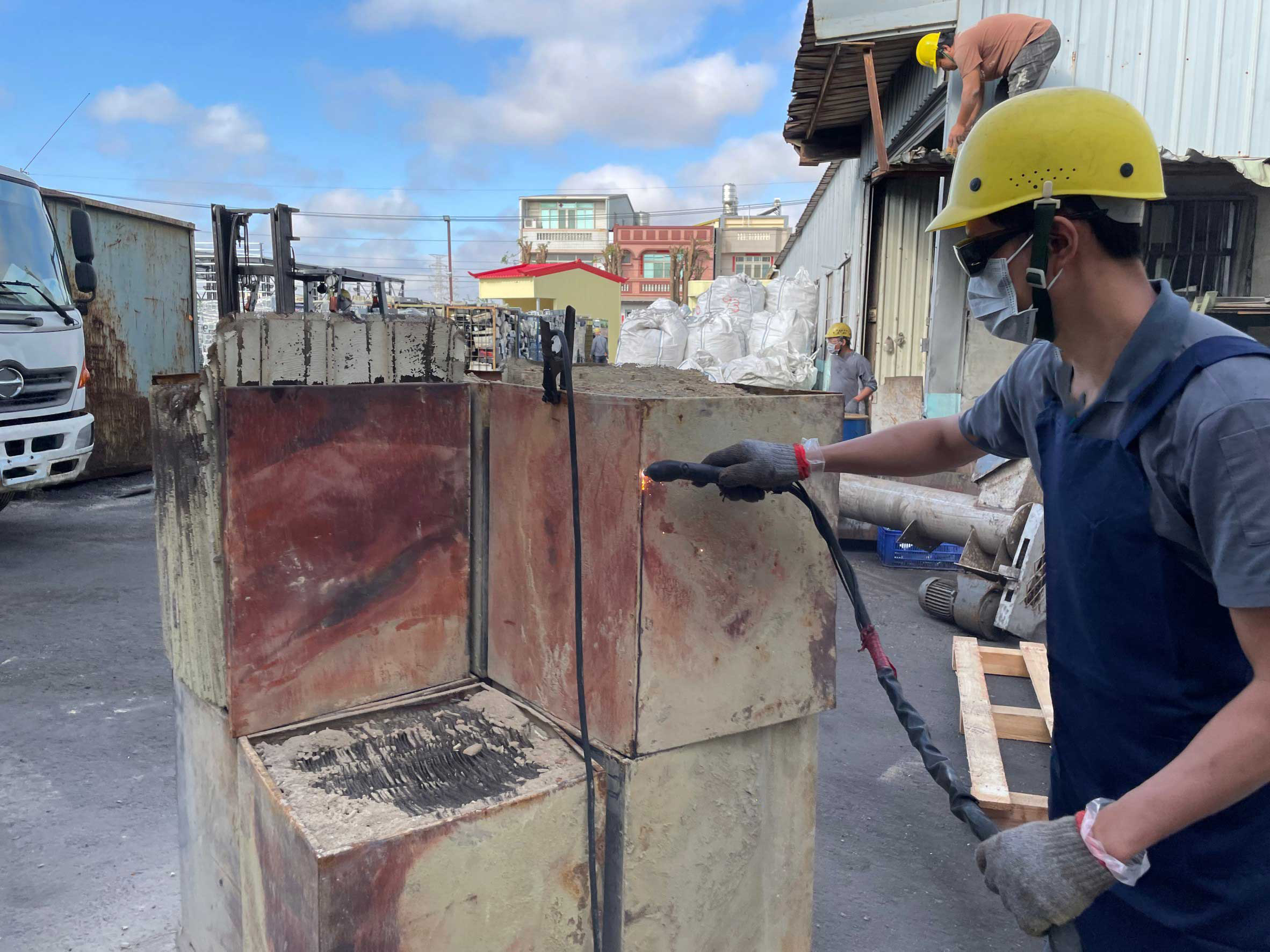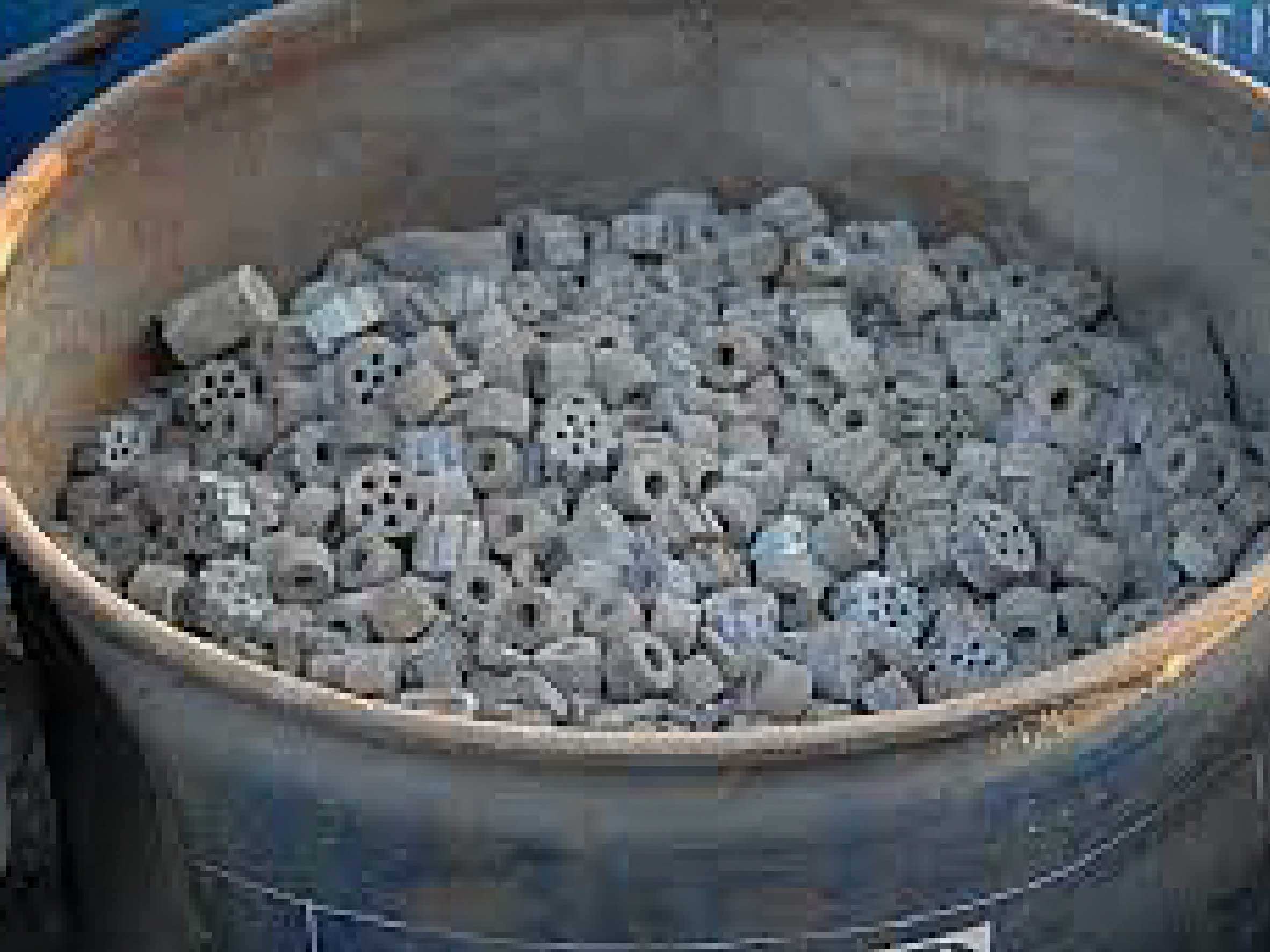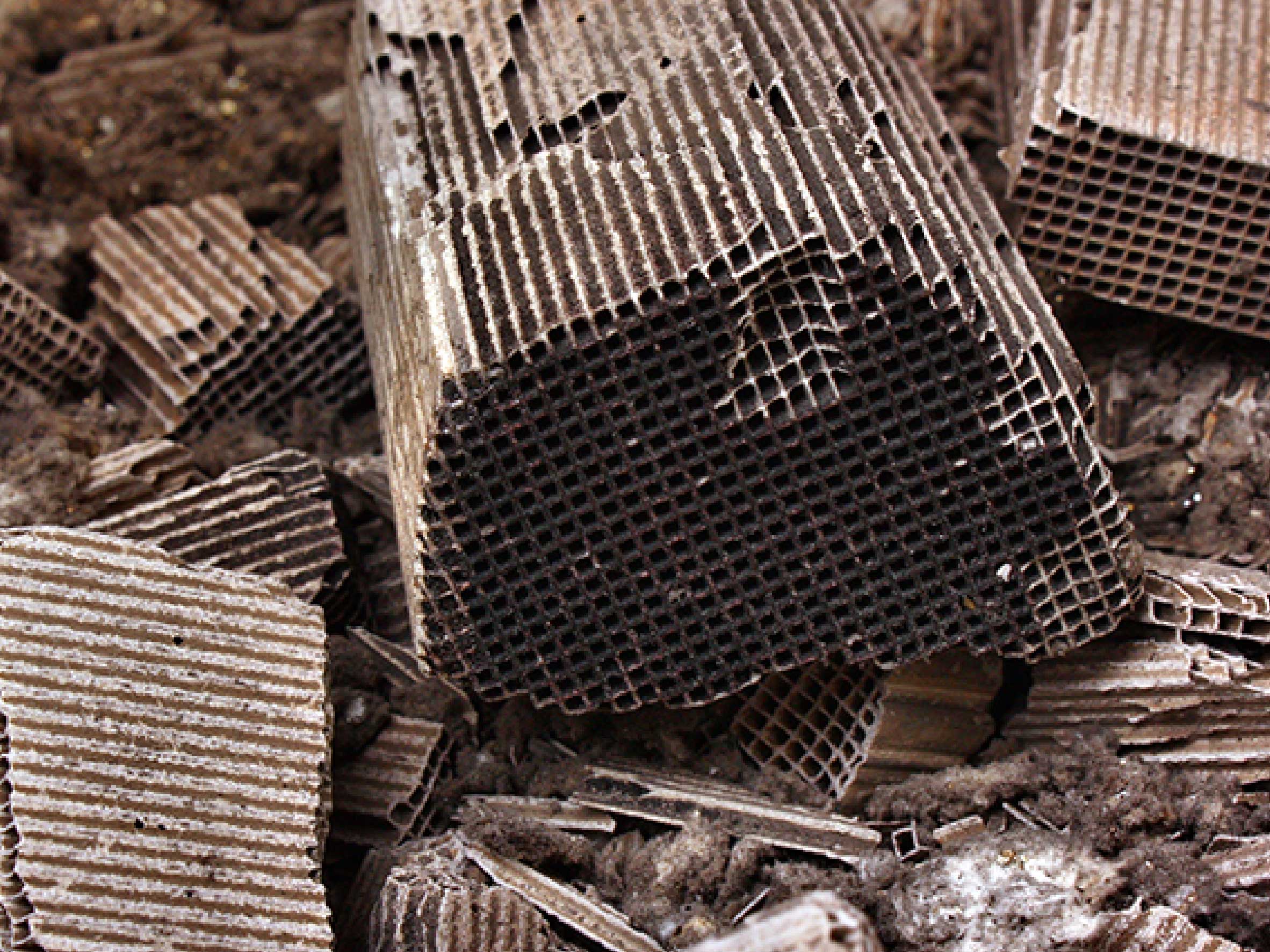D-1499 (Other non-hazardous single waste catalyst or mixtures)
D-1499 is a catalyst used for industrial waste gas treatment, primarily composed of chemicals such as zinc oxide, aluminum oxide, and chromium oxide. In addition to these main components, D-1499 also includes some non-hazardous single waste catalysts or their mixtures that synergistically enhance waste gas treatment efficiency while reducing harm to the environment and human health.
In waste gas treatment, D-1499 is mainly used to remove harmful substances such as oxides, carbon monoxide, and nitrogen oxides from the waste gas. Specifically, D-1499 eliminates hazardous components in waste gas through various mechanisms, including redox reactions, acid-base reactions, and catalytic reactions.
Apart from D-1499, other non-hazardous single waste catalysts or their mixtures are widely employed in waste gas treatment. For instance, activated carbon is a common waste catalyst capable of adsorbing organic substances and odors from waste gas. Additionally, metals like cobalt, nickel, and copper are frequently utilized in catalytic oxidation reactions to convert harmful substances into harmless ones. Furthermore, substances such as aluminum oxide and titanium oxide exhibit excellent catalytic performance, enabling the removal of sulfides, nitrogen oxides, chlorides, and other harmful substances from waste gas.
In conclusion, non-hazardous waste catalysts or their mixtures play a crucial role in waste gas treatment. They effectively remove harmful components from waste gas, reduce harm to the environment and human health, and contribute to the realization of environmentally friendly industrial production.
| Waste Catalyst/Mixture | Main Purpose | Advantages | Disadvantages |
|---|---|---|---|
| Activated Carbon | Removal of organic substances and odors from waste gas | Capable of removing various organic substances and odors from waste gas; exhibits good adsorption performance | Requires periodic replacement; unsuitable for high-temperature and high-humidity environments |
| Cobalt, Nickel, Copper, and other metals | Catalytic oxidation reactions to convert harmful substances into harmless ones | High catalytic efficiency; capable of treating high-concentration waste gas | Requires high temperatures for reactions; potential issue of metal contamination |
| Titanium Oxide | Reduction and oxidation of nitrogen oxides | Exhibits excellent catalytic performance; suitable for high-temperature and high-humidity environments | Higher cost; less effective in treating certain harmful substances |
| Aluminum Oxide | Removal of sulfides, chlorides, and other harmful substances from waste gas | Ability to efficiently remove harmful substances; suitable for high-temperature and high-humidity environments | May have adverse effects on other components in waste gas; requires periodic replacement |
Processing Plant Treatment Process





